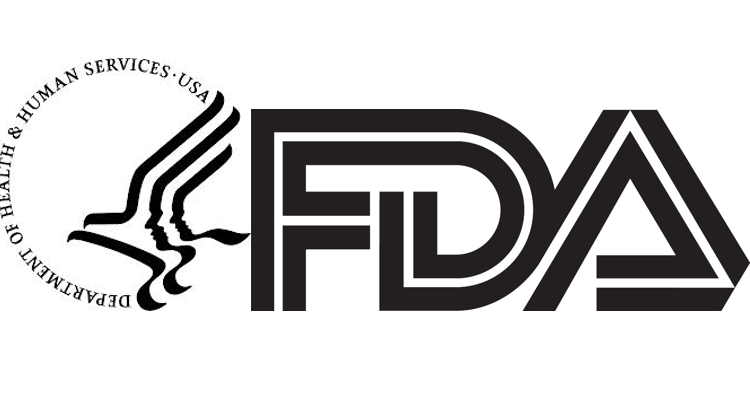On July 9, 2018, the United States Food and Drug Administration (FDA) issued draft guidance entitled, “Indications and Usage Section of Labeling for Human Prescription Drug and Biological Products – Content and Format.” The guidance is intended to assist applicants in writing their Indications and Usage section of product labeling for new drugs as well as new indications, or if the label of an already approved drug needs to be revised.
Current FDA regulations require the Indications and Usage section of drug labeling to state that the drug is indicated for the treatment, prevention, mitigation, cure or diagnosis of a disease or condition, or for the relief of the disease or condition’s symptoms.
The draft guidance describes the FDA’s recommendations for how to clearly convey such information and addresses circumstances where FDA regulations require that other information, in addition to the identification of the disease or condition, be included in the Indications and Usage section. As explained in the draft guidance, the Indications and Usage section should make clear the scope of the indication. The draft guidance describes circumstances in which an indication that is either broader or narrower than the parameters of the clinical studies supporting approval may be appropriate. The draft guidance also recommends the inclusion of age groups in the indication.
The guidance is part of a series of guidances that the agency has put out or is developing in order to assist developers with the content and format of labeling for drug and biological products. The labeling requirements and accompanying guidances are intended to make information in the labeling easier for health care providers and patients to access, read and use.
The indications and usage section should clearly communicate the scope of the approved indication, including the population to which the determination of safety and effectiveness is applicable.
For example, pediatric patients may metabolize drugs differently from adults, are susceptible to different safety risks, and often require different dosing regimens, even after correction for weight. For these reasons, FDA recommends that age groups should be included in indications. An indication should state that a drug is approved, for example, “in adults,” “in pediatric patients X years of age and older,” or “in adults and pediatric patients X years of age and older.” FDA is interested in obtaining information and public comment on this recommendation and the implications of routinely including age groups in indications.
However, there will be some instances where “FDA’s expert reviewers may fairly and responsibly conclude, based on their scientific training and experience, that the available evidence supports approval of an indication that is broader or narrower in scope than the precise population studied,” the document reads.
The guidance goes through to discuss circumstances where it “may be appropriate to consider an indication for an adult population in an age group broader than the population that was studied.” This approach, however, is typically restricted to adults and is not generally applicable from adult patients to pediatric ones or from pediatric patients to adult ones.
“FDA-approved labeling is the primary communication tool for providing information on the safe and effective use of drugs to the medical community,” Jacqueline Corrigan-Curay, MD, JD, director of the Office of Medical Policy in FDA’s Center for Drug Evaluation and Research, said in a statement. “This guidance provides recommendations for drafting the Indications and Usage section of the labeling, including a discussion of the scope of an indication and the inclusion of age groups in indications. We believe this guidance will help healthcare providers identify appropriate treatment options for their patients.”
The FDA is asking for comments on the draft guidance by September 7, 2018.

